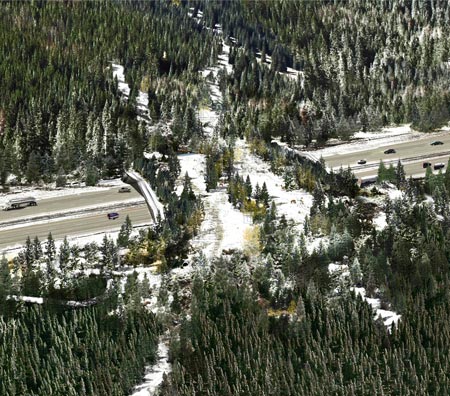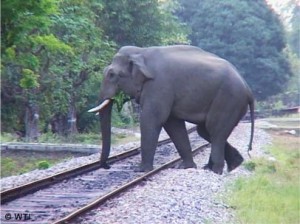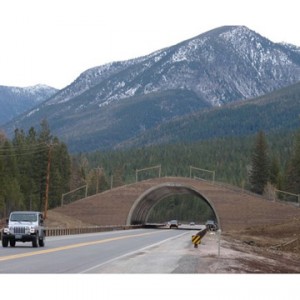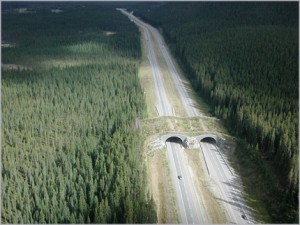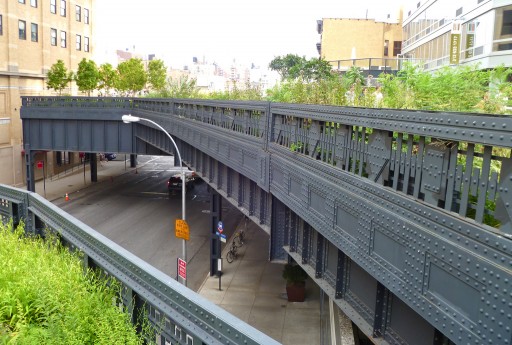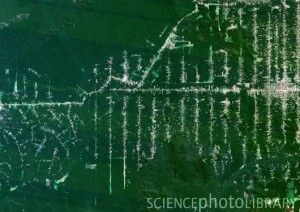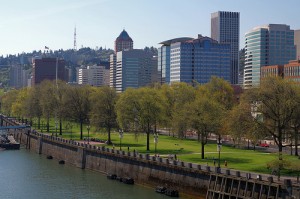This is a screenshot I took of the Google Maps data on Shenandoah National Park. John Muir and Theodore Roosevelt initially intended the United States’ national parks to conserve the nation’s reserves of natural, untouched beauty, but in the last century the parks’ main purpose has shifted to tourism, and here we see two major roadways intersecting at the middle of this Virginia national park. What remains unseen at this magnification is the offshoots of smaller roads that spring from Skyline Drive–which runs lengthwise through the park–and further penetrate the forest (see below).



